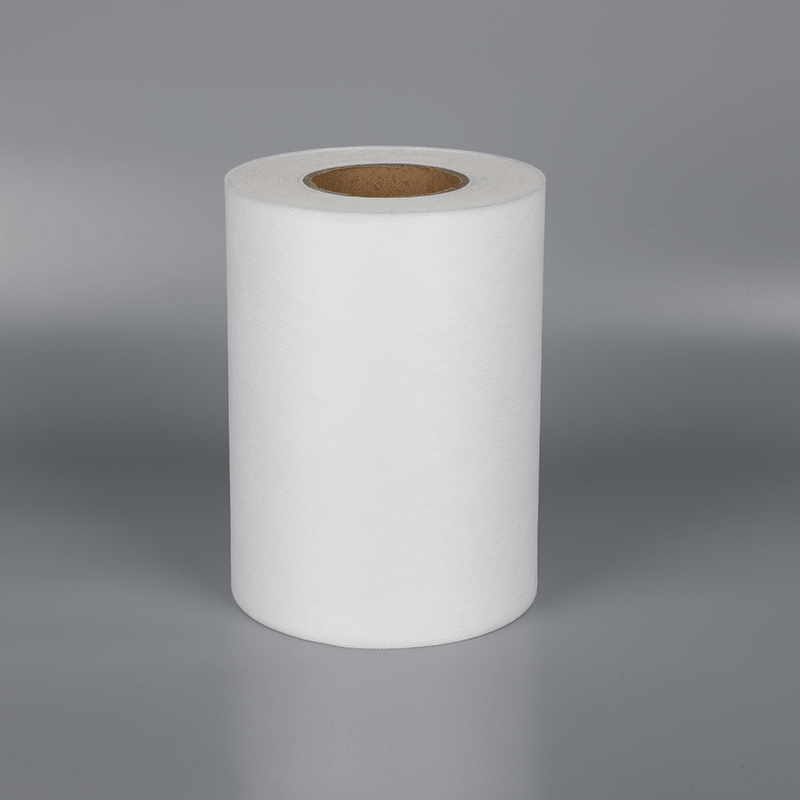Bi-component nonwoven fabrics have emerged as a sustainable solution in the textile industry, offering a range of eco-friendly attributes. Let's delve into how bi-component nonwoven fabrics contribute to sustainability and the various environmentally friendly features they possess.
Resource Efficiency: Bi-component nonwoven fabrics are designed to optimize resource utilization. The manufacturing process involves combining two different polymer components, typically a core-sheath structure, which allows for the efficient use of raw materials. By precisely allocating different properties to each component, manufacturers can minimize waste and maximize the functionality of the fabric. This resource-efficient approach reduces material consumption and contributes to sustainable production practices.
Recyclability: Bi-component nonwoven fabrics can be manufactured to be recyclable or compatible with recycling processes. The use of compatible polymers and adhesives ensures that these fabrics can be effectively sorted and recycled at the end of their lifecycle. By promoting recyclability, bi-component nonwoven fabrics help reduce the reliance on virgin materials and minimize waste sent to landfills.
Energy and Water Conservation: The production of bi-component nonwoven fabrics can be optimized to conserve energy and water. Advanced manufacturing techniques and process innovations allow for reduced energy consumption during production. Additionally, the integration of hydrophilic treatments can enhance the fabric's moisture management properties, reducing the need for excessive water usage in downstream processes or during product use. By minimizing energy and water requirements, bi-component nonwoven fabrics contribute to sustainable resource management.
Durability and Longevity: Bi-component nonwoven fabrics are engineered to be durable and long-lasting. Their enhanced strength and resistance to wear and tear result in products that have a longer lifespan compared to traditional textiles. This durability reduces the frequency of replacement, contributing to the conservation of resources and minimizing waste generation. Additionally, the robustness of bi-component nonwoven fabrics allows them to withstand multiple cycles of use and cleaning, further extending their lifespan.
Versatile Applications: Bi-component nonwoven fabrics find applications across various industries, which further enhances their eco-friendly attributes. These fabrics are employed in sectors such as automotive, construction, agriculture, and healthcare, offering sustainable alternatives to traditional materials. For example, bi-component nonwoven fabrics can replace traditional upholstery materials in automobiles, reducing the environmental impact associated with resource-intensive processes like leather production.
Reduction of Chemical Usage: Bi-component nonwoven fabrics can be designed to minimize or eliminate the need for chemical treatments. By utilizing inherent properties of the core and sheath components, such as inherent flame resistance or antimicrobial properties, manufacturers can reduce or eliminate the use of chemical additives. This approach enhances the fabric's eco-friendliness by reducing chemical exposure and minimizing the environmental impact associated with the production and disposal of chemical treatments.
In summary, bi-component nonwoven fabrics contribute to sustainability in the textile industry through their resource efficiency, recyclability, energy and water conservation, durability, versatile applications, and reduction of chemical usage. These fabrics offer eco-friendly alternatives by optimizing raw material usage, promoting recyclability, conserving resources, and reducing waste generation. By adopting bi-component nonwoven fabrics, manufacturers and consumers can embrace sustainable solutions while maintaining high-performance standards in various applications.
 Bi-component nonwoven fabric
Bi-component nonwoven fabric
